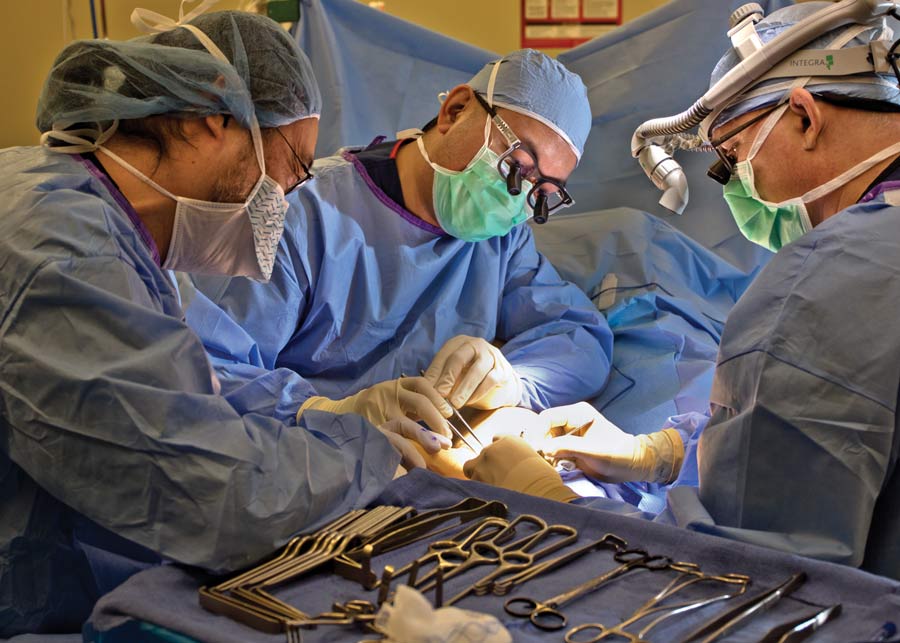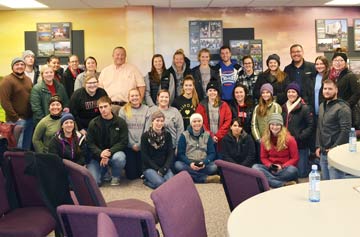What's wrong with our healthcare system? That's the question I couldn't stop asking myself after an Air Force deployment to Afghanistan that ended in 2008. I had been thinking about the medical debt problem in this country ever since my residency days, but Afghanistan was the turning point for me. During the four months I was there, I performed more than 300 head and neck reconstructive surgeries as the only otolaryngology surgeon in the country, and nearly all of the surgeries were humanitarian. In many cases, I was able to provide better care in a more efficient manner for patients living in mud huts than I could for patients living in our nation's capital. At that point, I realized there was a real need for more affordable health care in our country, and it was a mission I was being called to fulfill. That's when I went from passively pondering the problem to actively working toward a solution.
After more than 10 years, two residencies (in plastic and reconstructive surgery and otolaryngology-head and neck surgery), two fellowships (in peripheral nerve surgery) and countless hours of planning and fine-tuning, the M25 Program was born. The program — inspired by the Gospel of Matthew 25:40 — allows patients to pay for their procedures through service hours performed at hand-picked local charities. The goal of the program is simple: To deliver world-class surgical care that doesn't require patients to incur crushing financial debt. It offers patients the opportunity to invest in themselves and their surgical outcomes, and facilitates moral and financial support from family, friends and communities.
When some people hear about the possibility of using volunteer work to pay for their surgeries, they have trouble wrapping their heads around the concept. That's understandable. As a society, we've been conditioned to believe astronomical medical debt — and the complex and often unfair billing practices that cause it — are an unavoidable part of our healthcare system. It is what it is disgruntled patients often say as they struggle to find ways to avoid going into bankruptcy to pay for needed medical care. It doesn't have to be that way. Patients shouldn't need to choose between their physical health and their financial well-being.
Patients who come to my clinic, Healing Hands of Nebraska, for sinus surgery, carpal tunnel release, nerve procedures to treat chronic pain, ear tubes placed under local anesthesia or a host of other treatments are offered three payment options:
- Lump sum. Patients pay a discounted rate up front. Because we don't have contracts with traditional insurers, we're able to be fully transparent about the cost of our surgeries. If patients have insurance, we'll submit a claim after surgery for reimbursement. Almost a third of our patients choose this option.
- Payment plans. We've partnered with a handful of third-party healthcare financing vendors that provide patients with the opportunity to cover the cost of care over a series of installments. About two-thirds of our patients decide to finance their procedures.
- The M25 Program. Patients volunteer with our charitable partners and once they complete the requisite service hours, we perform the procedure at no cost to them. About 10% of our patients have taken part in the M25 Program, which has been growing steadily despite the setbacks our clinic experienced because of the pandemic.
.svg?sfvrsn=be606e78_3)


.svg?sfvrsn=56b2f850_5)